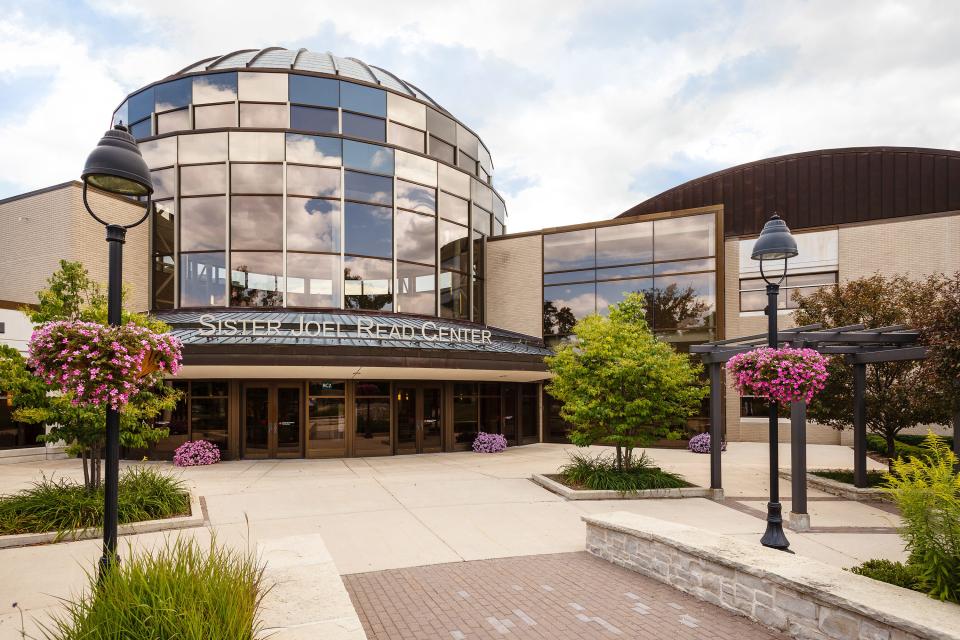California lawmakers are jockeying over the chance to ask voters for billions in bond dollars, leading to a potential conundrum for leaders: seek money through the ballot or allocate it in the budget?
Assembly Speaker Robert Rivas, D-Hollister, Senate President Pro Tem Mike McGuire, D-Healdsburg, and Gov. Gavin Newsom by late June will narrow down the many potential bond measures legislators are pushing.
They also must reach a budget agreement around the same time. That means some funding priorities that don’t end up on the ballot may make it into the budget, and vice-versa. The state is facing an estimated $45 billion deficit, leaving leaders with tough choices.
“They are very closely linked,” said Assemblywoman Buffy Wicks, D-Oakland, of the budget and bond measures.
Wicks is pushing a $10 billion housing bond, but she was also pleased to see a joint legislative budget agreement that allocated funding for housing and homelessness programs Newsom cut in his revised spending plan.
“You want as simple of a ballot as you possibly can get,” she said. “You want as few proposals on the ballot as you can possibly get. So there’s value in having the money in the budget, but continuing to push for the bond. The push for the bond helps create more leverage for the money in the budget.”
School and climate bonds
Lawmakers since last year have proposed bond measures to address everything from fentanyl addiction to flood protection.
The Senate and Assembly Rules committees toward the end of last session made all bond measures two-year bills, kicking them to 2024 to be considered for the November ballot. This move cleared the March primary ballot for Newsom’s Proposition 1, which asked voters for $6.4 billion to fund mental health-care facilities.
Now, leaders must choose the bonds they support ahead of the deadline to qualify measures for the ballot on June 27. Rivas and Newsom’s offices declined to comment on the bond negotiations. McGuire’s spokeswoman did not respond to a request for comment by deadline.
Lawmakers pushing bonds say leaders are prioritizing at least two measures: one to fund school facilities and one to pay for climate change initiatives. Investors buy state-issued bonds, which California must pay back with interest over the course of 10-30 years.
Assemblyman Al Muratsuchi, D-Torrance, authored Assembly Bill 247, a $14 billion bond that would pay for construction and modernization projects at kindergarten through community college facilities. He said last week leaders will be combining his measure with Senate Bill 28 from Sen. Steve Glazer, D-Orinda, which asks for $15 billion for similar investments and also includes University of California and California State University campuses.
Both the revised budget Newsom presented in May and the legislative spending plan leaders released last week include school facilities funding cuts, pointing to a potential bond measure that would pay for those improvements.
Assemblyman Eduardo Garcia, D-Coachella, said Friday that he and Assemblywoman Lori Wilson, D-Suisun City, have been leading an Assembly working group on school and climate bond measures. They hope to start conversations with the Senate on the policies and potential funding allocations the initiatives could contain.
Garcia said he has been working on a climate bond since before the COVID-19 pandemic. He said current conversations are centered around his measure, Assembly Bill 1567, and a similar bond from Sen. Ben Allen, D-Santa Monica. Both lawmakers’ proposals would ask voters for more than $15 billion for programs related to clean energy projects, water quality and conservation, coastal preservation, wildfire prevention and more.
Lawmakers’ joint budget agreement includes hundreds of millions of dollars in cuts to aquatic habitat, drought and water resilience projects, as well as a handful of other climate-related reductions. Garcia said he doesn’t think the potential bond measure factored into those cuts, as “there were climate cuts last year and pauses the year before, so I think it’s just part of the circumstances.”
However, the assemblyman said the climate bond “has been a topic of discussion for the purposes of possibly backfilling.”
“But I don’t know that it’s just the, ‘Hey, we’re going to do this because we got that,’” Garcia said. “Because the bond is not a guarantee. Voters still need to approve it.”
Housing funding
As for housing, Wicks remains in a decent situation, strategically.
The legislative budget restores funds for programs to provide loans for low income rental construction and fund local housing planning that Newsom cut from his revised spending plan. It also allocates $1 billion for another round of Homeless Housing, Assistance and Prevention (HHAP) flexible grants for local efforts to address homelessness.
The governor and the Legislature’s budgets both provide $500 million for low-income housing tax credits to support affordable developments.
“This would give us the ability to fund the housing as much as we can in the current environment we’re in and go back at the ballot in two years, if we need to,” Wicks said.
When asked about statements from her colleagues about leaders’ bond prioritization, Wicks said, “There’s a lot of support for housing.”
“I think it’s a question of, does it happen in the bond or the budget?”
Signup bonus from




